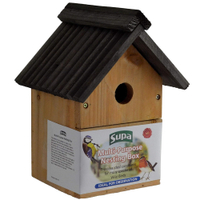How to attract birds to your garden: expert-approved ways to welcome feathered friends
The wildlife pros explain how to attract birds to your garden, including seasonal advice

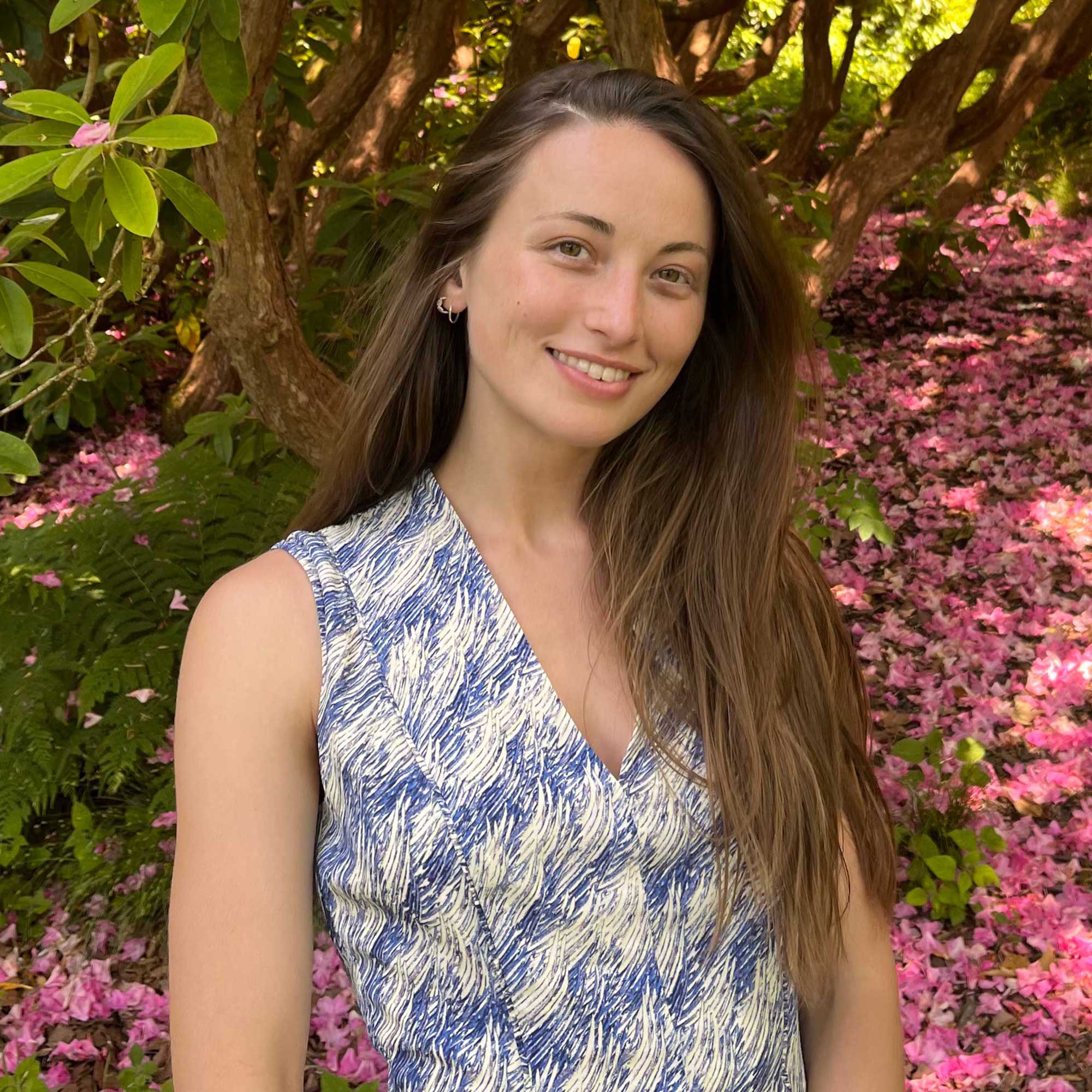
Learning how to attract birds to your garden is a great way to support your local ecosystem and feel more in touch with nature. Plus, the sight and sound of them flitting around is a delight for all ages.
Embracing wildlife-friendly spaces is a growing garden trend that's here to stay. And, with the right know-how, it's surprisingly easy to try at home to aid a more sustainable garden environment.
For welcoming feathered friends, there are just a few essentials you'll need to provide. Below, the experts share their advice, including seasonal tips.
How to attract birds to your garden: wildlife expert tips
There are lots of benefits to learning how to attract birds to your garden. For starters, James Ewens of Green Feathers says they're excellent for pest control, helping get rid of slugs, snails, aphids, and other insects that can easily damage your plants.
Lucy Taylor, general manager of Vine House Farm, highlights the educational benefits, too. "Watching birds also means learning about them, and along with identification, it can be fascinating to observe their different behaviours and how these vary throughout the year," she says.
Plus, if you have children, attracting birds into gardens helps teach them to respect wildlife and the natural world around them, she adds.
"It’s also been proven that watching birds in our gardens can improve our mental health and sense of wellbeing," Lucy continues. Sean McMenemy, wildlife expert and founder of Ark Wildlife, also comments on this point. "It’s widely thought that their merry chirps subconsciously relax us," he says.
Sign up for the woman&home newsletter
Sign up to our free daily email for the latest royal and entertainment news, interesting opinion, expert advice on styling and beauty trends, and no-nonsense guides to the health and wellness questions you want answered.
"This is because birds only sing when there are no predators about, so over thousands of years, humans have come to associate birdsong with safety."

James Ewens is the commercial director of Green Feathers, bird box camera and garden wildlife specialists, and is a self-proclaimed garden enthusiast. James is passionate about all things nature, garden, and wildlife, and when he’s not tending to his own outdoor space he’s usually checking on his bird and hedgehog cameras.

Lucy Taylor is the general manager of Vine House Farm Bird Foods in Lincolnshire, which has grown massively in the last 20 years. Lucy maintains the ethos that bird seed supplied directly from their conservation award-winning farm is still very much at the heart of the business. Lucy works closely with her team to make sure that Vine House Farm is able to offer its customers the very best bird food and feeding accessories.
1. Create a sheltered and safe space

Blue tits often nest in boxes with small entry holes
According to James, one of the best ways to help birds feel safe and secure in your garden is to provide them with plenty of places where they can nest. "Bird boxes are the first choice for many, but dense hedges and shrubbery are just as effective," he says. Many of these plants will provide privacy to your garden, too.
"A garden full of nesting opportunities is certain to attract far more birds than one without that they can only visit, so make your garden a home for birds as much as it is for you," he advises.
If you're opting for a nest box, Sean points out how each species has a preferred type and entrance hole. So, it's worth noting which birds regularly visit your garden and provide them with the right match.
"Nest boxes with a small entry hole are frequently habited by blue tits, great tits, coal tits, house and tree sparrows, whereas open-fronted nest boxes are often occupied by robins, pied wagtails and blackbirds," he says.
It's also wise to keep your garden as peaceful as possible, James advises. If you frequently host in your outdoor living room and enjoy lots of summer BBQs, consider creating a quieter space away from your seating setup for birds to be undisturbed.
Supa Wild Bird Multi-Purpose Nesting Box: £12.98 at Amazon
The front panel of this nesting box from Supa at Amazon can be removed to create an open design, meaning it can be used in two ways.

Passionate wildlife enthusiast Sean McMenemy is the founder of the leading wildlife solutions company, Ark Wildlife. A lifelong lover of nature, Sean’s earliest childhood memories are of him outdoors and amongst nature and this is where his passion for garden wildlife bloomed. This interest blossomed into a hobby and then became a business when he launched his garden landscape company that specialised in wildlife-friendly designs in 1991. This later evolved into the bird and garden wildlife food and habitat provider it is today.
2. Provide the right types of food

There are different types of bird feeders available
Putting out food is one of the best ways to give visiting birds a helping hand. Sean explains that different birds enjoy different foods, so providing feathered friends with an assortment of seeds, peanuts, suet and fat balls is a great place to start.
"Tits, chaffinches, dunnocks, and sparrows love to snack on sunflower hearts and seeds. Whereas peanuts are enjoyed by nuthatches, woodpeckers, jays and many others.
"Fat balls and suet are a great all-rounder for energy and calories and are a favourite of the nation’s most beloved bird – the robin," Sean continues.
Sean also highlights the variety of feeders available. "Some birds prefer to eat in different positions," he explains. For instance, he notes how tits and nuthatches like to cling onto mesh feeders, while sparrows and finches like eating from tube feeder perches. Flat surfaces such as bird tables are good for robins and blackbirds, he adds.
James recommends placing feeders among bushes and trees, or behind a wall where they won’t be blown about by the wind.
"Don’t forget to make sure that they’re elevated and out of reach from other animals on the ground," he adds. This prevents them from stealing the food intended for the birds, and keeps the birds safer, too, he says. You don't want them to fall prey to the neighbourhood cat you're trying to keep out of your garden.
Top tip: According to Sean, parent birds benefit from increased protein in the nesting months of spring, to keep them fit and strong. So, offering mealworms is a great way to give them a boost.

RRP: £32.95 | We love this rustic hanging feeder from Sarah Raven – perfect for complementing the quiet luxury garden trend to effortlessly make a garden look expensive on a budget.

RRP: £2 | These suet balls from the RSPB at Amazon are a popular buy to provide a valuable source of energy for our feathered friends.
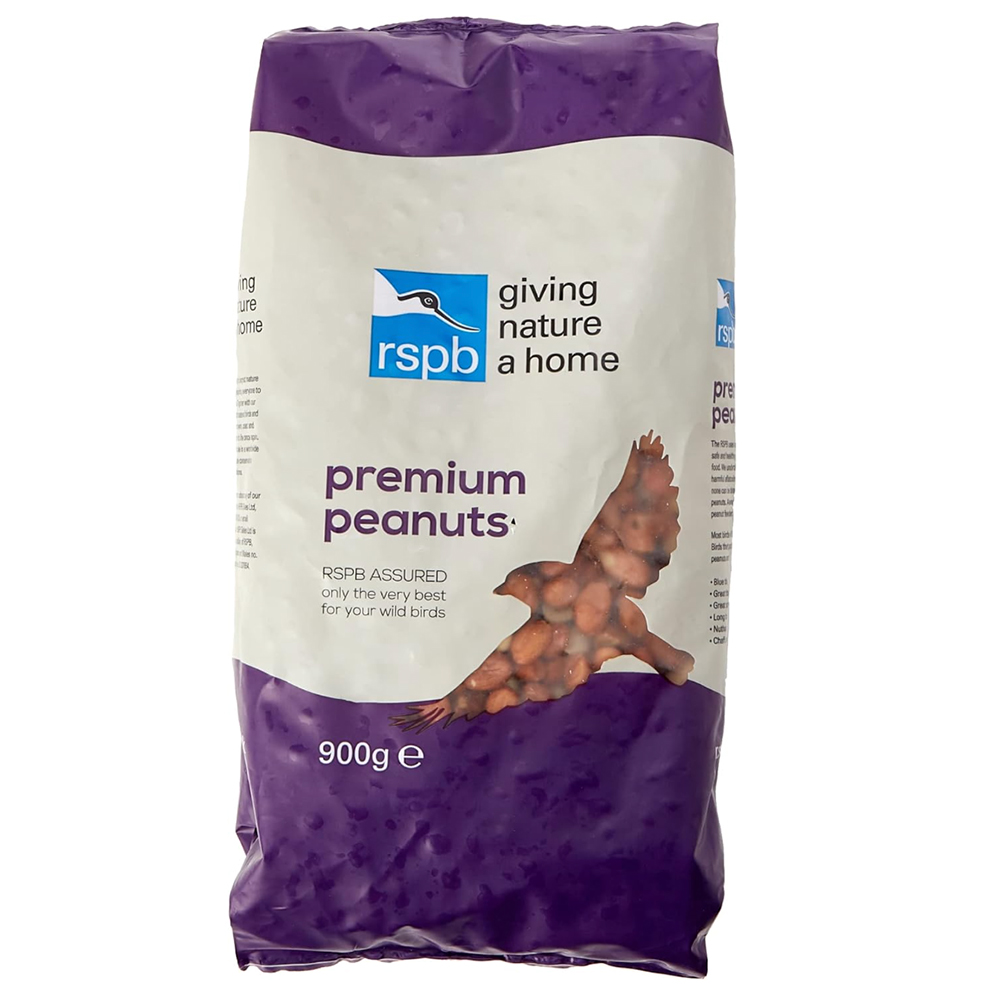
RRP: £5.50 | The best way to feed birds peanuts is to use a trusted source that doesn't contain any salt - such as these best-selling RSPB premium peanuts.
3. Offer a source of water

Birds need a source of water throughout the year
James recommends getting a bird bath for your garden, which gives these winged visitors somewhere to drink and bathe. "Make sure it’s in a safe and secluded area so that they have a relaxing space to rest, and don’t forget to change the water frequently," he says.
This aged metal hanging bird bath from Sarah Raven would look gorgeous in a cottage garden scheme. For something a little more traditional, we like this white ceramic pedestal design from Crocus, which would make a beautiful centrepiece for a flowerbed.
If you fancy getting crafty, you could switch out a traditional bird bath and make your own hydration station instead. Sean says these can be enjoyed by all sorts of wonderful wildlife, as well as the birds.
"To do this, you can use an old plant pot or a shallow dish," he says. "Just be sure the pot doesn’t have a drainage hole. If it does, line it with some pond liner to keep the water inside." Next, place large pebbles and stones in the pot to create a sturdy base for wildlife to perch on. Fill the pot with water, making sure the tops of the pebbles and stones are exposed so birds and visiting insects can safely access it.
Ensure feeders, feeding areas and birdbaths are always kept clean, highlights Lucy. This will help visiting birds stay healthy.
FAQs
Which food should you avoid feeding garden birds?
According to James, birds can't properly break down salt and eating even a small amount can seriously harm them. "Make sure that any nuts you put in your feeders aren’t salted (or even lightly salted!)," he says.
As Sean points out, it's also important not to give birds leftover meat fat from your roasting trays. It can damage the quality of their feathers, hindering their ability to fly and, in winter, making it nearly impossible for them to stay warm and insulated, he explains.
Instead, he recommends using fats like lard and suet – or purpose-made bird foods for extra peace of mind.
Sean also highlights the dangers of commercially-bought fat balls sold in nets. "Birds can become tangled in the netting when trying to get to the food which can ultimately cause significant damage, stress, and even death. Instead, only opt for loose fat balls and place them in a suitable fat ball feeder for simple and safe snacking."

Attracting birds to your garden has multiple benefits
Which plants are beneficial to garden birds?
James recommends hawthorn, rowan and holly as examples of natural food sources. "These plants also provide great shelter which can help further encourage birds to visit regularly."
You could also consider trying out the wildflower garden trend. These blooms attract insects, providing yet another fantastic food source for birds, James points out.
"Self-seeding plants like sunflowers also offer easy peckings for birds, as do coneflowers and borage," Sean adds. "So, filling your garden with beneficial blooms and pollinator-friendly petals is a great way to provide for wildlife."
How can you help garden birds in winter?
"With less than half the daylight hours compared to summer, birds need to feed fast," Sean says. "Short days and long, cold nights present real challenges and a bird feeder topped up daily can make all the difference." High-fat meals like suet, fat balls and bird-friendly peanut butters offer high-calorie content, which is vital for birds to keep themselves warm, he adds.
Pay attention to the birds' water supply, too. James recommends topping your bird bath up with hot water to prevent it from freezing over, especially in extremely cold temperatures where you may need to check it a couple of times a day. Alternatively, Sean suggests adding a cork or plastic ping-pong ball – the wind will keep it moving, helping prevent the water from freezing.
Don't forget to protect your plants from winter frost, too.
Now you know the essentials of how to attract birds to your garden, why not consider more ways to turn your space into a wildlife haven? Monty Don's advice on attracting butterflies, for instance, may come in handy.

The garden was always a big part of Holly's life growing up, as was the surrounding New Forest where she lived. Her appreciation for the great outdoors has only grown since then; she's been an allotment keeper, a professional gardener, and a botanical illustrator. Over three years ago, Holly started writing about plants and outdoor living full-time, first for Gardeningetc.com and now for popular lifestyle titles such as Homes & Gardens.
-
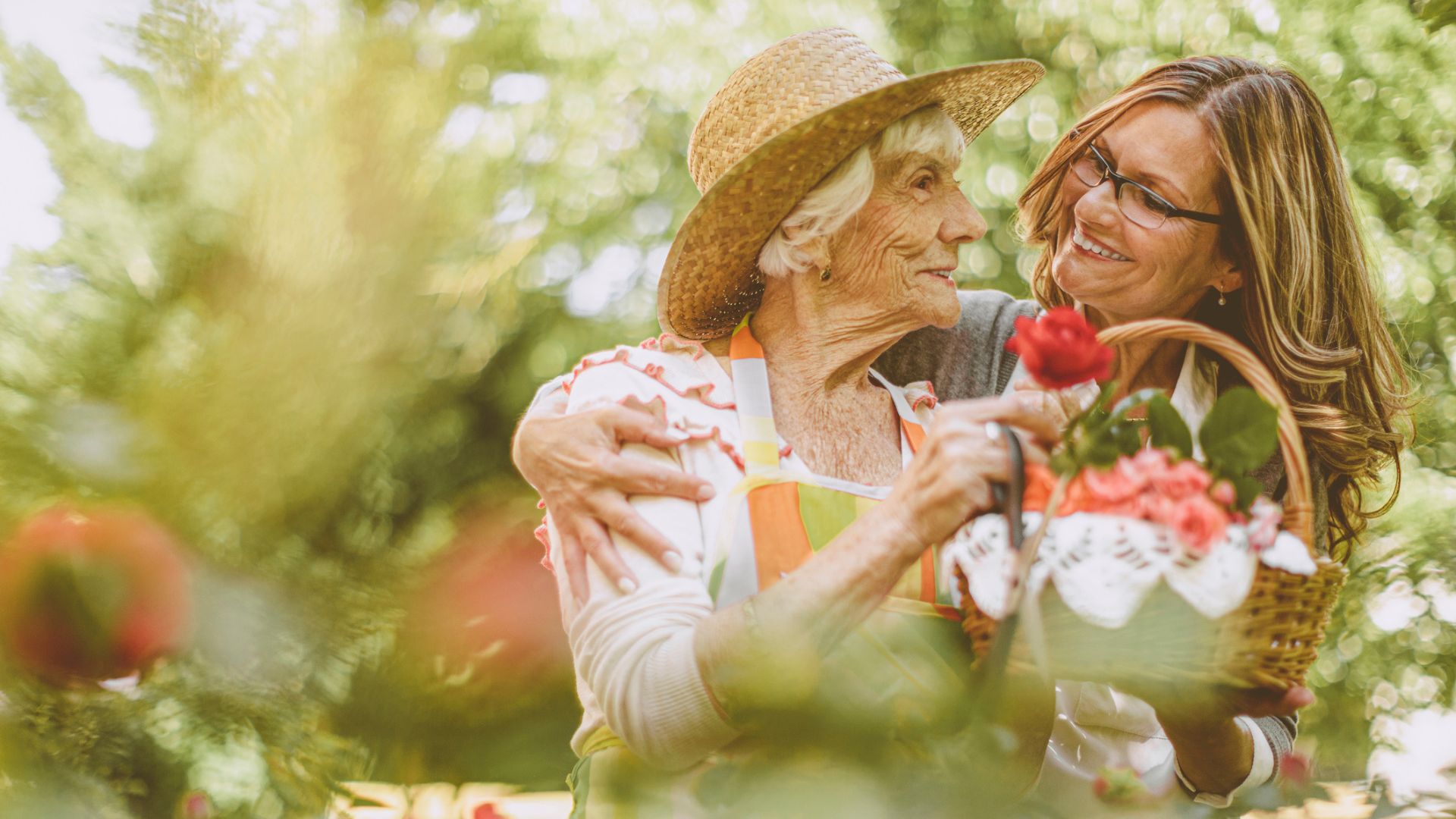 How to charm your in-laws: the ultimate guide to keeping the peace
How to charm your in-laws: the ultimate guide to keeping the peaceDiscover how to strengthen your in-law relationships, one thoughtful gesture at a time
By Natalie Denton Published
-
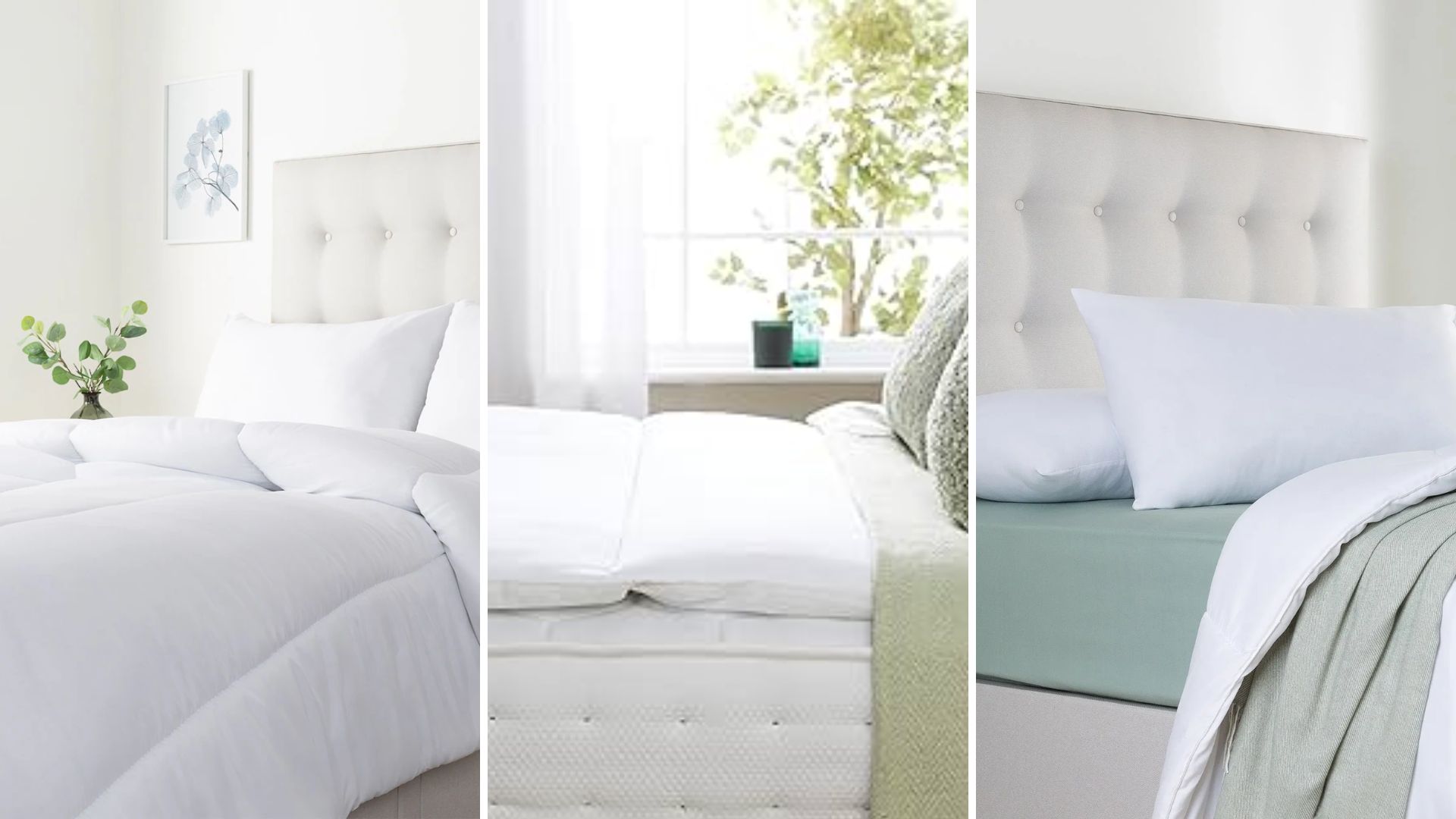 Aldi's affordable bedding is actually made by my favourite sleep brand - it's got more than your duvet covered
Aldi's affordable bedding is actually made by my favourite sleep brand - it's got more than your duvet coveredAldi's Anti-Allergy Bedding has arrived in the middle aisle and it's more affordable than the best mattress toppers, duvets, and mattress protectors out there
By Laura Honey Published
